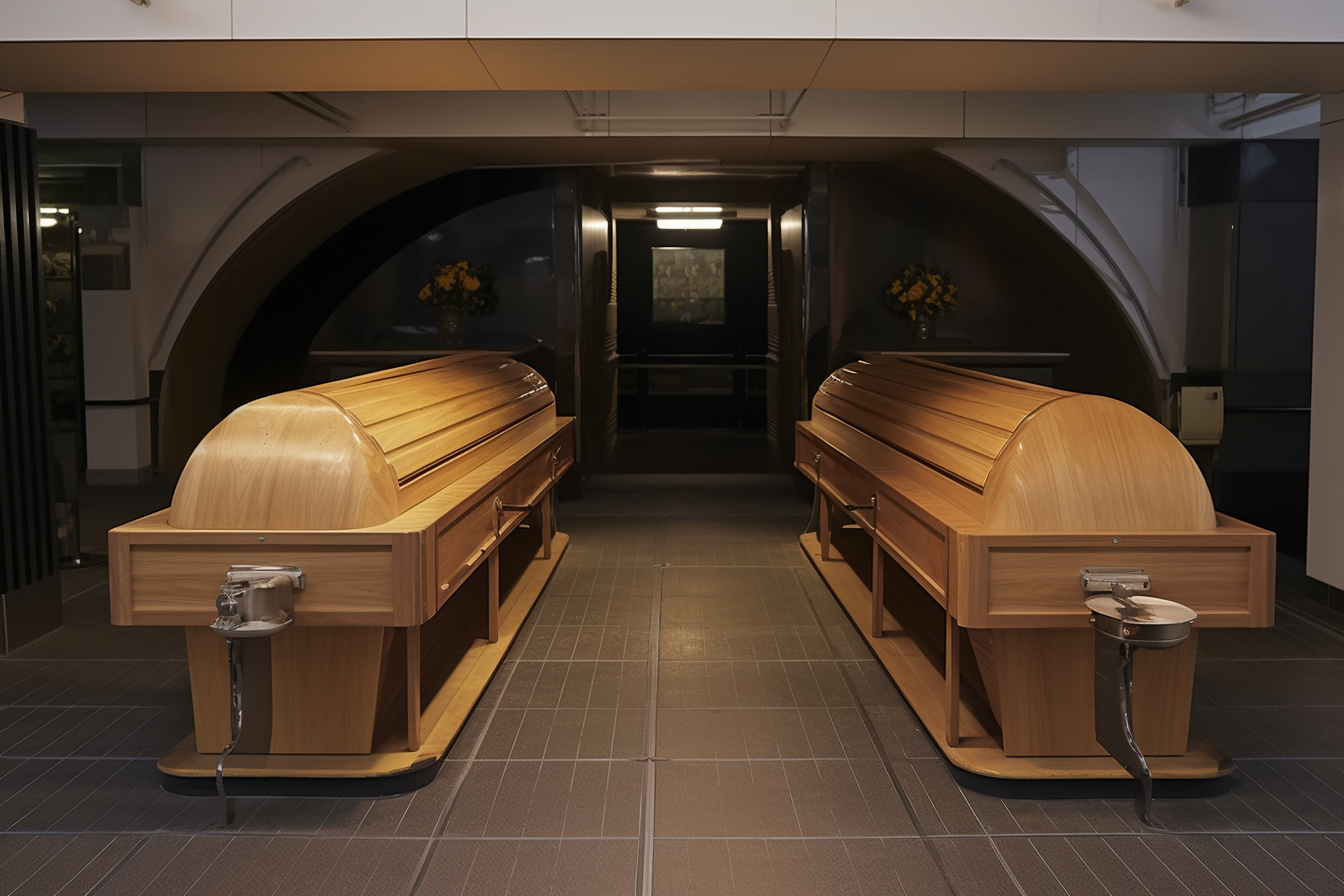Comprehensive 2025 Guide to the Cremation Process and Ashes Management in the United Kingdom
More than 70% of funerals in the United Kingdom now involve cremation. Understanding the cremation process and how ashes are handled can reassure families. This 2025 guide explains each stage—from arrangements and the cremation itself to aftermath options and legal considerations—to help you decide.

Verifying Identity and Completing Necessary Documentation
The cremation process starts with confirming the identity of the deceased, a vital step to ensure the correct individual is honoured with respect throughout. Funeral professionals attach a unique identity tag securely to the wrist or ankle. In addition, all essential paperwork, including the death certificate and cremation application forms, must be completed before the process can continue.
This thorough documentation prevents mistakes and ensures the ashes are handled in accordance with the family’s wishes.
Respectful Preparation of the Body for Cremation
Prior to cremation, the body is treated with dignity and care. It is carefully cleaned and washed, and families have the option of dressing their loved one in personal clothing or a simple garment provided by the funeral home. Unlike burial, embalming is seldom necessary for cremations in the UK, reflecting more environmentally friendly practices by avoiding the use of additional chemicals.
This preparation respects both personal preferences and cultural traditions while promoting a more ecological approach.
Transporting to the Crematorium and Different Cremation Options
Once the body is prepared, it is placed in a coffin designed specifically for cremation. These coffins are fully combustible and firmly sealed to maintain dignity and safety throughout. The coffin is then respectfully transported to the crematorium.
Families may choose between an attended cremation, where a funeral service is held in the crematorium chapel before the procedure, or a direct cremation, which takes place without a service or mourners present. Both options cater to different needs and family preferences.
What Occurs During the Cremation Process?
The sealed coffin is placed inside a specialized cremator, a high-temperature oven built for this purpose. Typically, the cremation takes around two to three hours. During this time, the intense heat reduces the body and coffin to ashes.
It is important to note that the deceased is never in direct contact with flames, preserving dignity and safety. The process is gradual, maintaining respect for the individual from beginning to end.
Processing and Handling Ashes After Cremation
Following cremation, the ashes are allowed to cool before a crematorium assistant collects them. Any residual materials, such as fragments from coffin fittings, are carefully removed. Subsequently, the ashes pass through a cremulator, a machine that pulverizes them into the fine powder usually recognised as ashes.
The refined ashes are then placed into a labelled urn or container, ready for collection by the family or preparation for scattering by crematorium staff.
Options for Receiving and Disposing of Ashes
Families have a variety of choices for their loved one’s ashes. They can take them home in an urn or container for safekeeping, or opt to have ashes scattered in meaningful locations—such as private property, gardens of remembrance at crematoria, or designated natural settings.
Alternatively, ashes can be interred in family graves according to personal or cultural customs.
Legal and Environmental Guidelines for Ashes Scattering in the UK
UK legislation offers considerable flexibility regarding the scattering of ashes, although some regulations apply:
- Ashes may be scattered on private land freely if you own the property.
- No permission is necessary to scatter ashes over bodies of water like seas or rivers.
- For public or private lands not owned by the family, landowner permission is required.
- Many cemeteries permit scattering but may designate specific areas or require permits.
- Environmental protections, especially in conservation or protected areas, must be observed.
Following these rules ensures the final resting place is both respectful and compliant with legal requirements.
Providing Support to Families Through the Cremation Process
Funeral service providers in the UK generally offer extensive support, including 24/7 care for the deceased, assistance with paperwork, and funeral arrangements. They also provide advice on appropriate handling and scattering of ashes, helping to maintain dignity and compassion at every phase.
Funeral Planning and Pre-Arrangement Options
For those wishing to pre-plan their cremation or funeral, funeral plans are available, offering peace of mind and reducing the load on loved ones. Options include simple direct cremations or attended services, allowing individuals to tailor their farewell to their personal wishes and values.
By understanding the full cremation process—from preparation to ashes care—families can approach this common practice with greater confidence and insight. This knowledge reassures that throughout 2025, respectful treatment and legal adherence guide every stage of cremation in the United Kingdom.
Sources
- Reassured. “Cremation process UK.” reassured.co.uk
- Distinct Cremations. “How is a body prepared for cremation?” distinctcremations.co.uk
- Distinct Cremations. “Everything you need to know about scattering ashes in the UK.” distinctcremations.co.uk
Disclaimer: Pricing, service availability, and regulations may vary depending on location and provider within the United Kingdom. It is recommended to consult with local funeral services and authorities to confirm current practices and legal obligations.




